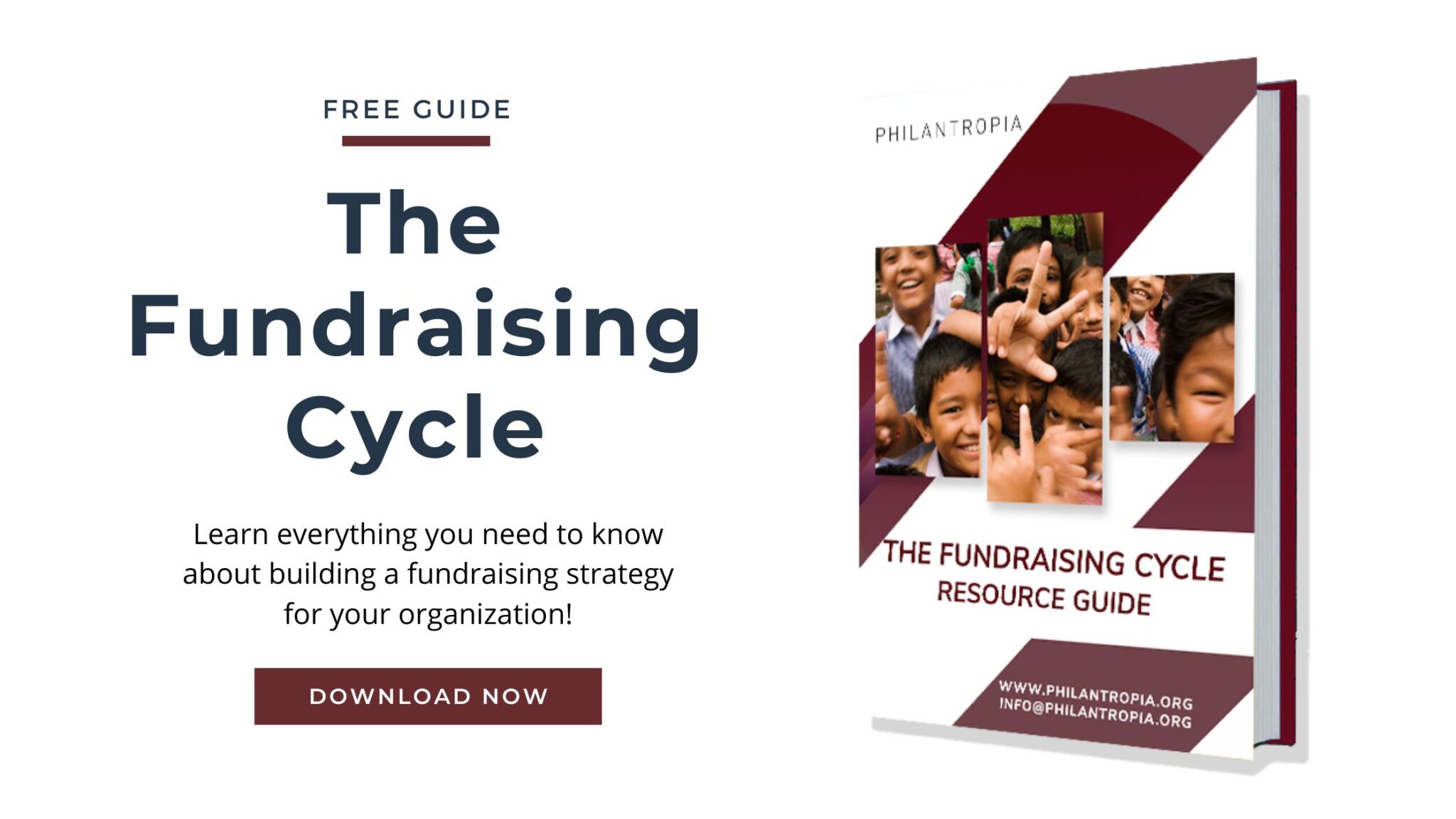In last weeks article, we explained what stakeholders in a project are. In some cases, it is very easy to identify the stakeholders of your projects. If this is not the case though, it can make sense to do a simple stakeholder analysis before you start. Specifically, if several parties with different agencies are part of your project or program, it is of core importance to identify all of them before you start your project.
Why is it so important to identify all stakeholders?
Maybe you are thinking now: I know my beneficiaries very well, so I don’t need a stakeholder analysis to find out who the stakeholders of my project are. But you have to keep in mind that there are more stakeholders than beneficiaries. Furthermore, it is very important to know all stakeholders to be able to make proper assumptions and predictions and to assess the risk. Maybe someone in your community has different interests and could hinder the progress of your project. And sometimes it is not easy to identify all people who have a stake in a project at first sight. In this case, a stakeholder analysis or mapping can make sense to create more clarity.
How to conduct a stakeholder analysis?
There are many different methods to conduct a stakeholder analysis. The easiest is to conduct a workshop with the stakeholders you already know and discuss this in a group. If you ask who would have an interest in the project you are planning, many times you will be surprised how many people will be brought up that you never had in mind. Also, asking rhetorical questions and painting fictive scenarios helps a lot. Make it a group task to imagine a project and who would have to say something about it. Keep cultural norms in mind when you do this exercise. In some contexts, it might make sense to hold focus group discussions. In these, you can separate by gender, social status or position.
Another method is to first map all stakeholders in the community and then deduct from there which of them could have an interest in the project as well. In general, it is of core importance that you discuss this with your team and your beneficiaries – they will have very important input. Try to keep an open mind in this exercise, even if you think you already know the community perfectly.




